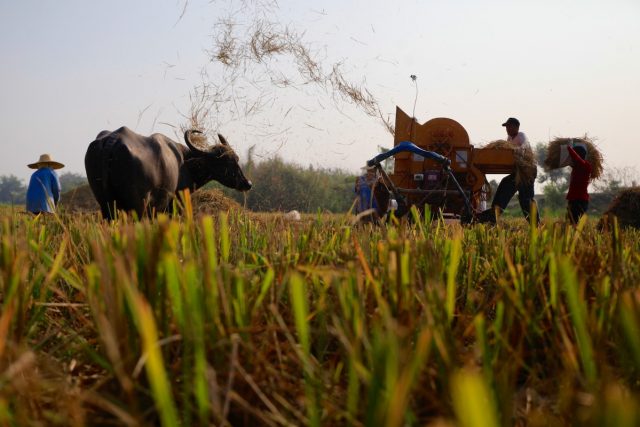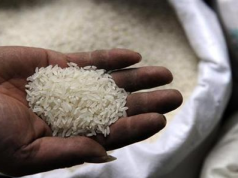MANILA – The Department of Agriculture (DA) said rice self-sufficiency will be attained when the rate of adoption for hybrid seed hits 30% of the 4 million hectares of rice land, compared with the current rate of 10%.
Agriculture Undersecretary for Operations Ariel T. Cayanan said Tuesday that the run-up to self-sufficiency also means the country needs to wean itself from rice imports.
“Without the (hybrid seed) program, the country is at a risk of food shortages, because rice exporting countries are vulnerable to climate change and when supply from them falters, global prices will shoot up,” he added.
Mr. Cayanan said a 30% planting rate for hybrid seed will leave Philippine rice output “more than sufficient” for domestic needs.
Mr. Cayanan said the strategy for improving farm productivity should also involve improved irrigation and use of technology.
“We do not need to expand our (planting) area as of this time. We just need to improve the use of technology. If we raise productivity to two tons per hectare, that will be 2 million tons from 1 million hectares., and we won’t need to import,” he added.
The Philippine government is set to sign an agreement to use land in Papua New Guinea for rice production.
Agriculture Secretary Emmanuel F. Piñol, speaking to reporters, said even when self-sufficiency is achieved, importing small amounts of rice will still be necessary as an insurance policy.
On Wednesday, hybrid rice producer SL Agritech Corp. held its first SL-8H Super Hybrid Rice harvest festival in Lubao, Pampanga.
The 250 hectares in Lubao are part of the DA’s hybrid rice program.
SL Agritech chief executive officer and chairman Henry Lim Bon Liong told reporters that the company estimates that hybrid seed has been planted over 400,000 hectares.
“[By the end of the year, it could be] about 500,000 to 600,000 hectares. I still have to see what can happen,” he added.
Mr. Lim said the company is looking forward to offering hybrid seed in other countries like India, Myanmar and Indonesia.
“India has 46 million hectares for rice. But only 2 million hectares are for hybrid so there’s a lot of opportunities there,” he added.





